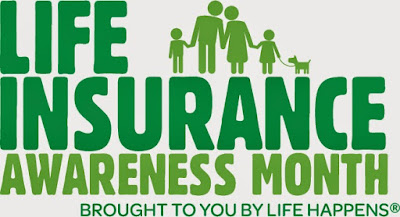
IRS Tax Tips for Starting a Business
 When you start a business, a key to your success is to know your tax obligations. You may not only need to know about income tax rules, but also about payroll tax rules. Here are five IRS tax tips that can help you get your business off to a good start.
When you start a business, a key to your success is to know your tax obligations. You may not only need to know about income tax rules, but also about payroll tax rules. Here are five IRS tax tips that can help you get your business off to a good start.
1. Business Structure. An early choice you need to make is to decide on the type of structure for your business. The most common types are sole proprietor, partnership and corporation. The type of business you choose will determine which tax forms you will file. We can help you to choose the right entity for your situation.
2. Business Taxes. There are four gener
al types of business taxes. They are income tax, self-employment tax, employment tax and excise tax. In most cases, the types of tax your business pays depends on the type of business structure you set up. You may need to make estimated tax payments. If you do, use IRS Direct Pay to pay them. It’s the fast, easy and secure way to pay from your checking or savings account. We can set up all of these tax payment systems for you.
3. Employer Identification Number. You may need to get an EIN for federal tax purposes. Search “do you need an EIN” on IRS.gov to find out if you need this number. If you do need one, you can apply for it online. Getting the EIN is quick, and we can get step you through the process to do so.
4. Accounting Method. An accounting method is a set of rules that you use to determine when to report income and expenses. You must use a consistent method. The two that are most common are the cash and accrual methods. Under the cash method, you normally report income and deduct expenses in the year that you receive or pay them. Under the accrual method, you generally report income and deduct expenses in the year that you earn or incur them. This is true even if you get the income or pay the expense in a later year.
5. Employee Health Care. The Small Business Health Care Tax Credit helps small businesses and tax-exempt organizations pay for health care coverage they offer their employees. A small employer is eligible for the credit if it has fewer than 25 employees who work full-time, or a combination of full-time and part-time. The maximum credit is 50 percent of premiums paid for small business employers and 35 percent of premiums paid for small tax-exempt employers, such as charities. Health Insurance premiums vary across the board depending on the type of plan you look at. We can run the quotes for all options and step you through which plans are the best for you and your small business.
The employer shared responsibility provisions of the Affordable Care Act affect employers employing at least a certain number of employees (generally 50 full-time employees or a combination of full-time and part-time employees). These employers’ are called applicable large employers. ALEs must either offer minimum essential coverage that is “affordable” and that provides “minimum value” to their full-time employees (and their dependents), or potentially make an employer shared responsibility payment to the IRS. The vast majority of employers will fall below the ALE threshold number of employees and, therefore, will not be subject to the employer shared responsibility provisions.
Employers also have information reporting responsibilities regarding minimum essential coverage they offer or provide to their fulltime employees. Employers must send reports to employees and to the IRS on new forms the IRS created for this purpose.
Let us help with all the tax basics of starting a business – contact our office today to get started.













